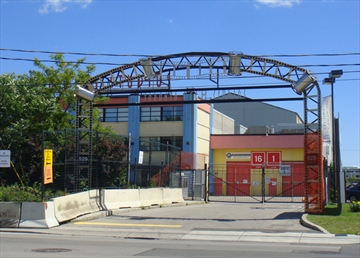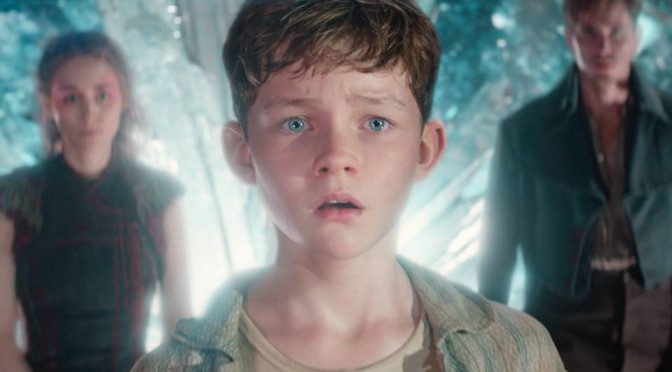Ending a 21-year playoff drought for the Toronto Blue Jays, the longest such active streak in North American sports, is paying dividends for owner Rogers Communications Inc.
The playoff appearance, increased ticket and merchandise sales and added television revenue have helped drive the value of the Blue Jays up to about $1.5 billion (U.S.), according to new calculations from sports valuation experts. That’s a 10-fold gain from 2000, when Rogers bought the team.
“A baseball renaissance has happened in Toronto,” said Peter J. Schwartz, a presidential research scholar at New York University who specializes in professional sports team valuations.
The Rogers Centre stadium was sold out Thursday when the Blue Jays opened their playoff series against the Texas Rangers, adding to the 18 per cent increase in total attendance this year after several mid-season trades made the team division winners for the first time since 1993.
Schwartz estimates the team is now worth 50 per cent more than his initial appraisal of about $950 million in 2013. His estimate is based on revenue from ticket sales, concessions, sponsorships and broadcast rights, as well as ownership interests in TV channels, radio stations and real estate. It also includes the team’s stake in league revenue sharing.
“The Blue Jays are more valuable in Rogers Communications’ hands than any other ownership group by virtue of the company owning the team, the ballpark, the radio and TV channels where the games are broadcast, and bringing it all under one umbrella,” he said. “The way it’s all packaged, they’re really in an advantageous position.”
Schwartz’s current estimate compares with a $140 million value when Rogers paid $112 million for an 80 per cent stake in 2000. Since then, the company has integrated the team into its businesses, which includes the Sportsnet family of specialty channels as well as high-speed Internet access and cable TV and cellphone subscriptions.
The Blue Jays, long a mediocre team that had missed the playoffs after winning back-to-back World Series championships in 1992 and 1993, have finally returned to relevance in a city starved for a winner and ready to embrace the slightest glimmer of hope.
The Toronto Raptors of the National Basketball Association have only made the playoffs seven times in 20 seasons, while the National Hockey League’s Maple Leafs haven’t won a championship since 1967, the longest active championship drought in the NHL. Rogers owns stakes in both teams through its ownership in Maple Leaf Sports and Entertainment.
“Hope is what attracts sports fans,” said Marc Ganis, president of Chicago-based Sportscorp Ltd., a consultant to professional sports teams. He pegs the value of the Blue Jays at $1.4 billion to $1.6 billion, in the same range as teams such as the San Francisco Giants and Los Angeles Dodgers. He estimates the New York Yankees are worth more than $4 billion. The Dodgers were sold for $2 billion in 2012 to a group including Guggenheim Partners and ex-basketball player Magic Johnson.
While the values of teams across the league have risen in recent years, Rogers has done an especially good job of building value in the Blue Jays brand, boosted by the resurgence in interest from this year’s run. The spike in ticket sales in the second half will carry over into next year, adding to the value, Ganis said.
“What’s been missing is the excitement in the franchise,” he said of Toronto’s baseball team. “Everyone has focused on the other teams not doing well, especially the Maple Leafs. It kept the door open to excite the market. Last year it was the Raptors, this year it’s the Blue Jays.”
Trades for key players including pitcher David Price and shortstop Troy Tulowitzki, an MVP-type season by third baseman Josh Donaldson and a run to the American League East division title has fans flocking to games at the Rogers Centre, watching on TV, and buying merchandise, all filling the coffers of Canada’s biggest wireless operator.
The team saw total attendance jump to about 2.8 million this year, eighth-best in baseball, averaging 34,505 fans a game, according to league data. The Jays led the American League in attendance in their 1993 championship year with about 4.05 million attendees.
The success has helped Rogers’ Sportsnet channel post its highest ratings ever, Scott Moore, president of the company’s TV sports properties, said by phone. Advertising revenue is up in the “low double-digits,” and will likely increase during the playoffs, he said.
The network even had to bump Maple Leafs games to secondary channels to give the Blue Jays national coverage, Moore said.
Canadians outside of the team’s home turf are tuning in as well, he said. Usually almost 80 percent of television viewers are from Ontario. Now, almost half are coming from other provinces, Moore said.
“I can’t emphasize enough how big the excitement is outside of Toronto,” Rogers chief executive officer Guy Laurence said in an interview this week.
The Blue Jays’ new-found success could boost Rogers’ revenue from baseball by $60 million (Cdn.), Greg MacDonald, a Toronto-based analyst with Macquarie Group Ltd., wrote in a Sept. 11 note to clients. Still, that would barely register relative to the company’s $13 billion (Cdn.) annual revenue.
While a 25 per cent slump in the Canadian dollar in the past three years is a headwind for the team given that player salaries are paid in U.S. dollars, the Blue Jays offset some of that through baseball’s broadcast deals with News Corp.’s Fox, Time Warner Inc.’s Turner networks and Walt Disney Co.’s ESPN.
“The team’s become more valuable because of this run,” Schwartz said. “These last few months is a real rekindling of the passion in the city and a reminder of what baseball was like in the heyday of the 1990s.”
Source: Toronto Star







